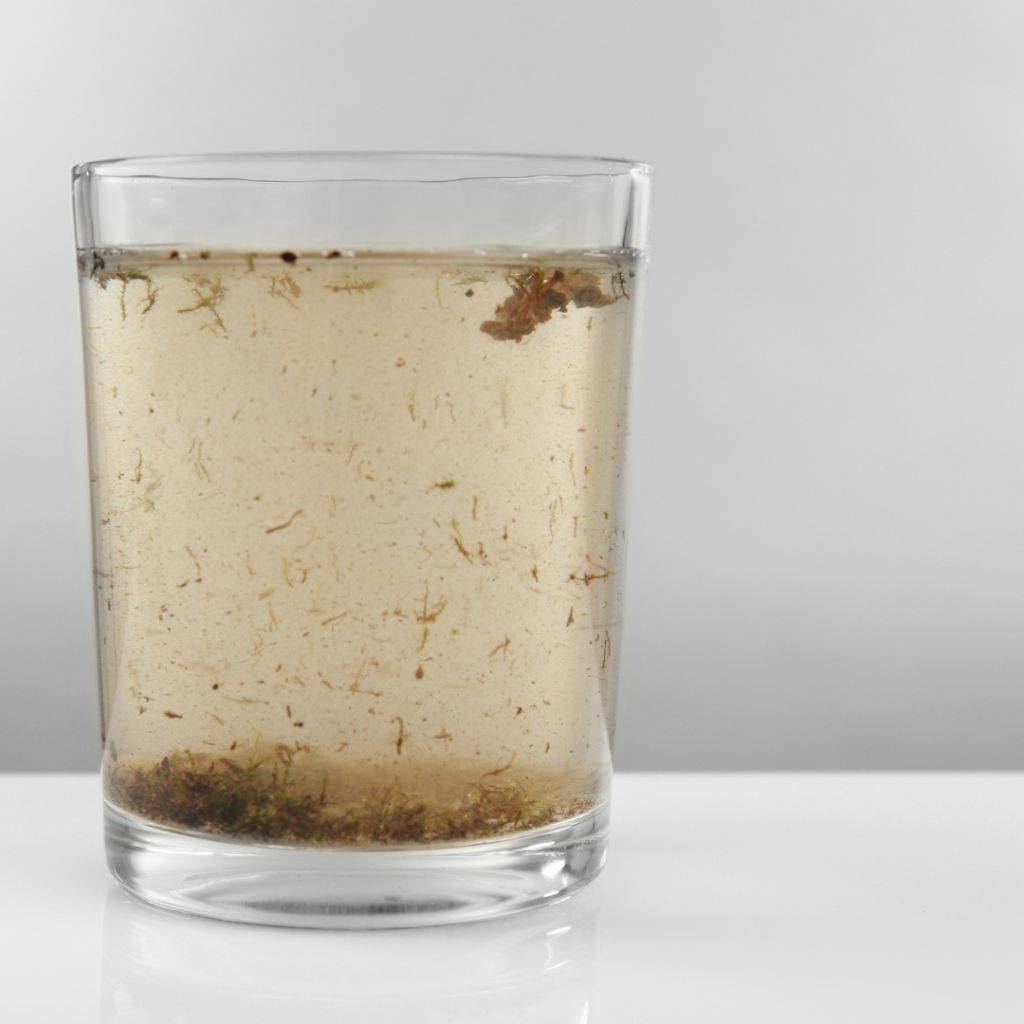What’s In Your Water & How To Know

Have you ever wondered why your tap water smells? What might be causing that blue gunk around your drain? What the pink film in your dog’s water bowl is or why your water tastes funny? If so, it might be time to find out the truth behind what’s in your water.
Each household may have slightly different chemical components included in its water. The only way to know for sure is to test your water and discover exactly what is inside your tap. There are many contaminants that can be found in drinking water, including:
- Bacteria and viruses: These microorganisms can cause illnesses such as diarrhea, nausea, and stomach cramps.
- Chemicals: These can include pesticides, herbicides, and industrial chemicals that can be harmful to human health.
- Heavy metals: These can include lead, mercury, and arsenic, which can cause a range of health problems, including developmental delays in children.
- Nitrates and nitrites: These chemicals can come from agricultural fertilizers and can cause methemoglobinemia, or “blue baby” syndrome, in infants.
- Chlorine and other disinfection byproducts: These can form when chlorine is used to disinfect water and can be harmful to human health if consumed in large quantities.
- Radionuclides: These can be naturally occurring or man-made and can cause cancer and other health problems if consumed in high doses.
- Pharmaceuticals: These can include prescription and over-the-counter drugs that have not been properly disposed of, and can accumulate in water sources over time.
It’s important to note that not all drinking water sources will have all of these contaminants, and the type and level of contamination will vary depending on the specific source of the water. It’s also worth noting that most public water systems in the United States are regularly tested for a wide range of contaminants to ensure that the water is safe for consumption.
What Level Of Pollutants Are Safe
So, the next question is what is considered “safe”. The United States Environmental Protection Agency (EPA) has established drinking water standards for various contaminants in order to protect public health. The levels of chemicals that are considered safe in US drinking water vary depending on the specific contaminant. Some of the primary contaminants regulated by the EPA include:
- Microorganisms: These include bacteria, viruses, and protozoa, and the maximum contaminant level (MCL) is set at zero.
- Disinfectants: These are used to treat drinking water and include chlorine and chloramine. The MCL for chlorine is 4 milligrams per liter (mg/L) and for chloramine is 4 mg/L.
- Inorganic chemicals: These include substances such as arsenic, lead, mercury, and fluoride. The MCL for arsenic is 0.01 mg/L, for lead is 0.015 mg/L, for mercury is 0.002 mg/L, and for fluoride is 4 mg/L.
- Organic chemicals: These include substances such as benzene, vinyl chloride, and trihalomethanes. The MCL for benzene is 0.005 mg/L, for vinyl chloride is 0.002 mg/L, and for trihalomethanes is 0.080 mg/L.
It is important to note that the MCLs established by the EPA are not necessarily the same as the completely safe levels for human consumption. The EPA sets these levels based on the best available scientific information and takes into account the costs and feasibility of treatment technologies.
Where To Turn
Is safe good enough for your family? Will you sleep soundly at night knowing that only an “acceptable level” of lead is in your baby’s bath water? If not, Atlantic Water Products is here and ready to rid you of any and all chemicals for good. Give us a call and we will be happy to test and treat your home water 1-800-228-3781.


Recent Comments